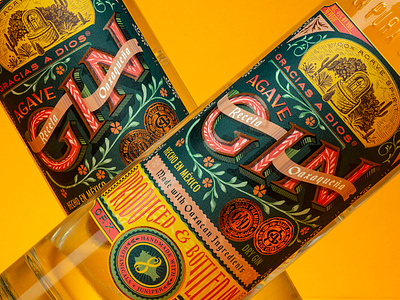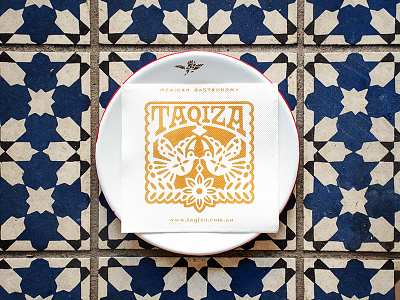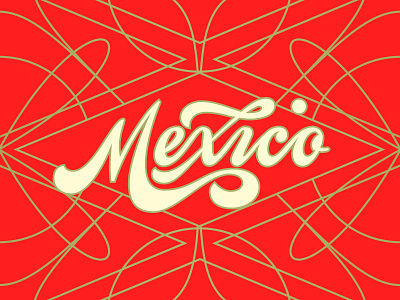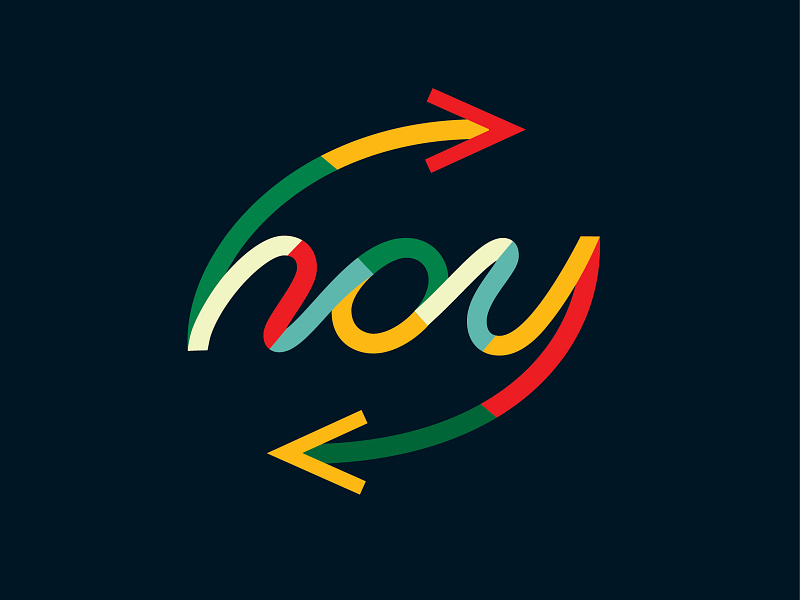A master at branding and all things typographic, graphic designer Abraham Lule joins us to chat about finding your creative voice and what it means to be a successful designer. Get inspired by his unique folkloric style and how to tell your own story through your work.
Tell us about yourself! Who are you & what’s your background?
Abraham Lule here! I’m a graphic designer from Mexico based in New York. Most of my work is in the food and beverage industry, and heavily typographic. I chose a career in packaging because it offers me the ability to touch many points; from the color of the glass, to a tiny illustration on the label. Additionally, when I’ve designed for the food market it has mostly been for Mexican restaurants. Design and fresh tortillas?! Count me in!
Describe your style in three words:
- Human-touched
- Folkloric
- Real
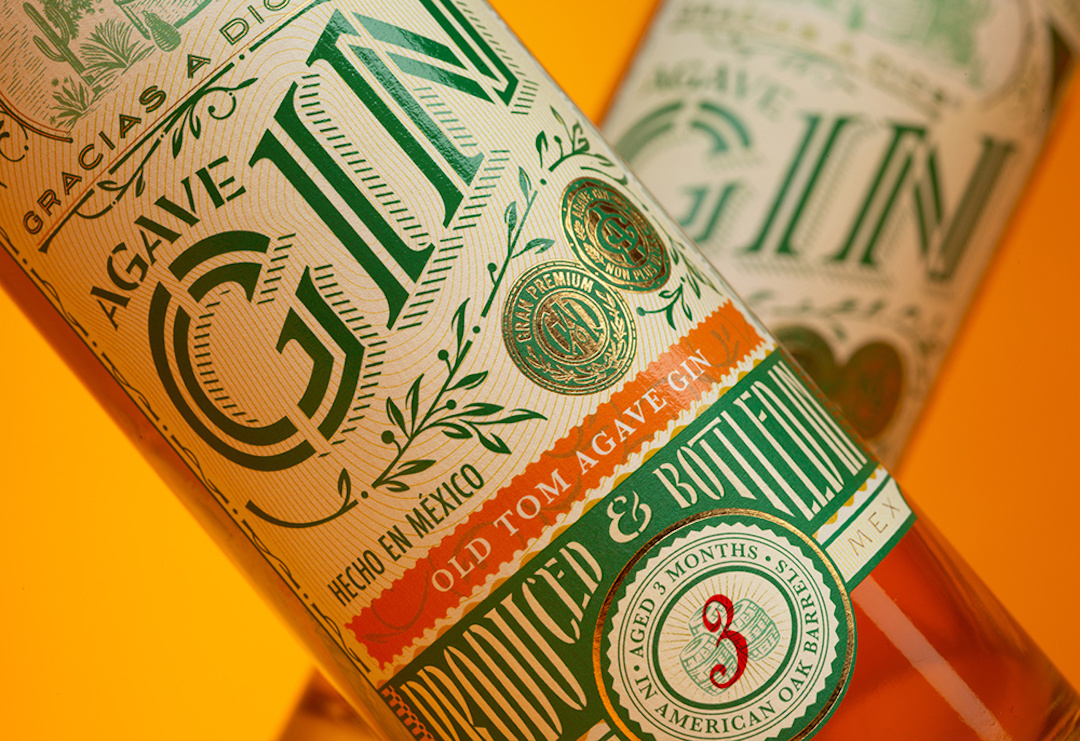
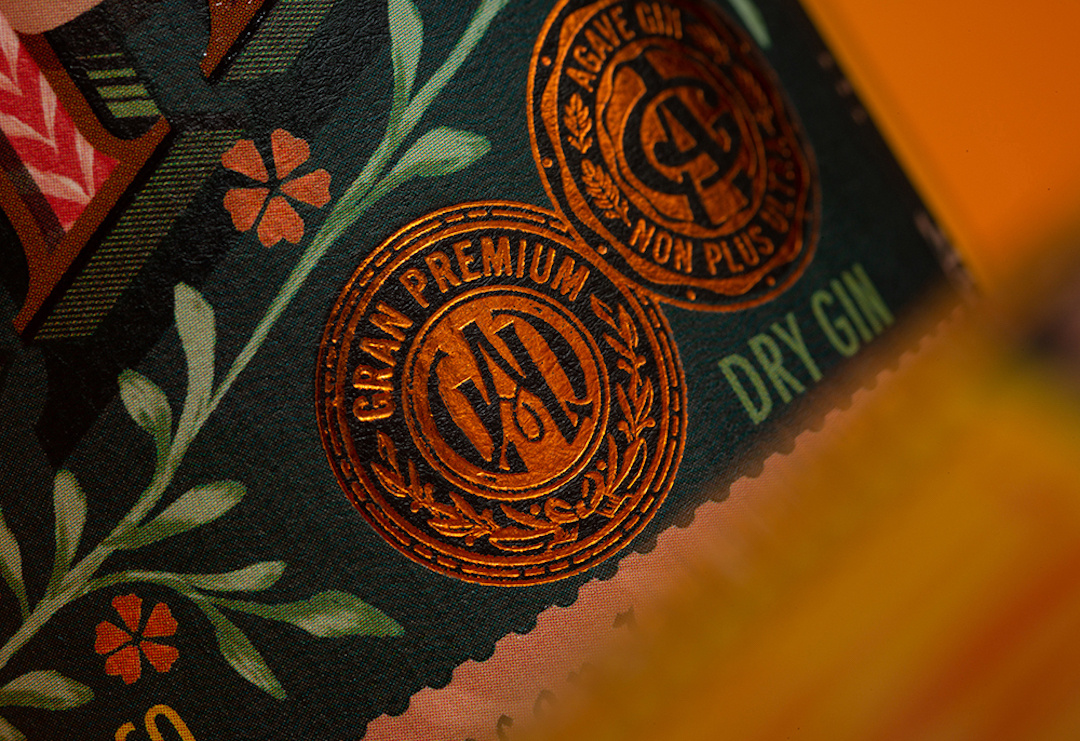
When it comes to your work, where do you pull inspiration from?
This is going to sound like a cliché, but it is true—from all the different sources of inspiration, daydreaming is the biggest… using my imagination. For a creative project, I need to visualize with my own mind first. It’s during the mornings where my mental ‘machine’ performs best, so, I’ve turned this into a ritual in order to be productive.
Take us through your creative process when working with clients.
I always ask my clients for a creative brief including the pieces from my current portfolio that resonate the best. This helps to narrow down options. After I receive the brief, I start collecting a series of unrelated objects that can translate that brief into a story.
Then I write the story and put together a mood board that reflects it. I draw random and unpolished sketches, and finally, I use software to digitalize a visual.
Nowadays, people ask more and more to keep the unpolished parts, so luckily, the design process has kept the beauty of imperfection.

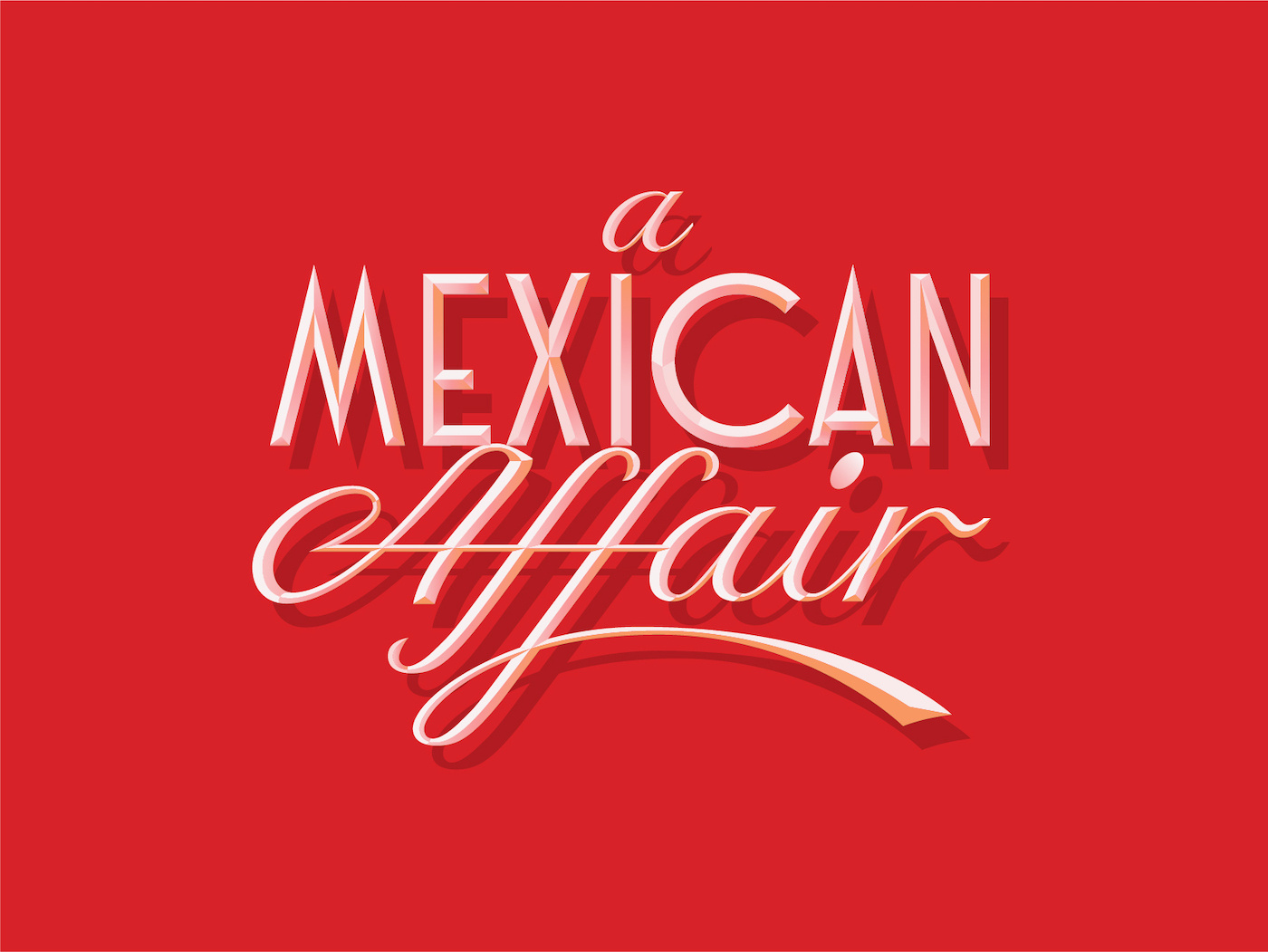
What gets you in the right headspace when tackling a tough design problem?
To sleep! A rested mind works best when it is calm. At least this is what works best for me. There is the saying, ‘you can’t pour from an empty cup’. I take every project on a very personal level, and this is why I need to reset myself to detach emotions and revisit with a clean mind.
What’s the best piece of advice you’ve received as a creative?
A very well-known designer was my teacher at SVA and he once told me:
Awful medicine, but the patient (me) needed it! Having something to say is everything. It makes the work yours, ownable, and impactful to others. Good or bad, this piece of advice has been both a blessing and a curse, and something that keeps me connected with my work.
How do you continue to grow as a designer?
Practice. It sounds very simple, but it also means discipline. I keep myself busy with work, personal work, and visual stimulation outside the computer. Even if your plate is full, making time for personal work and personal growth will impact what you do for a living.
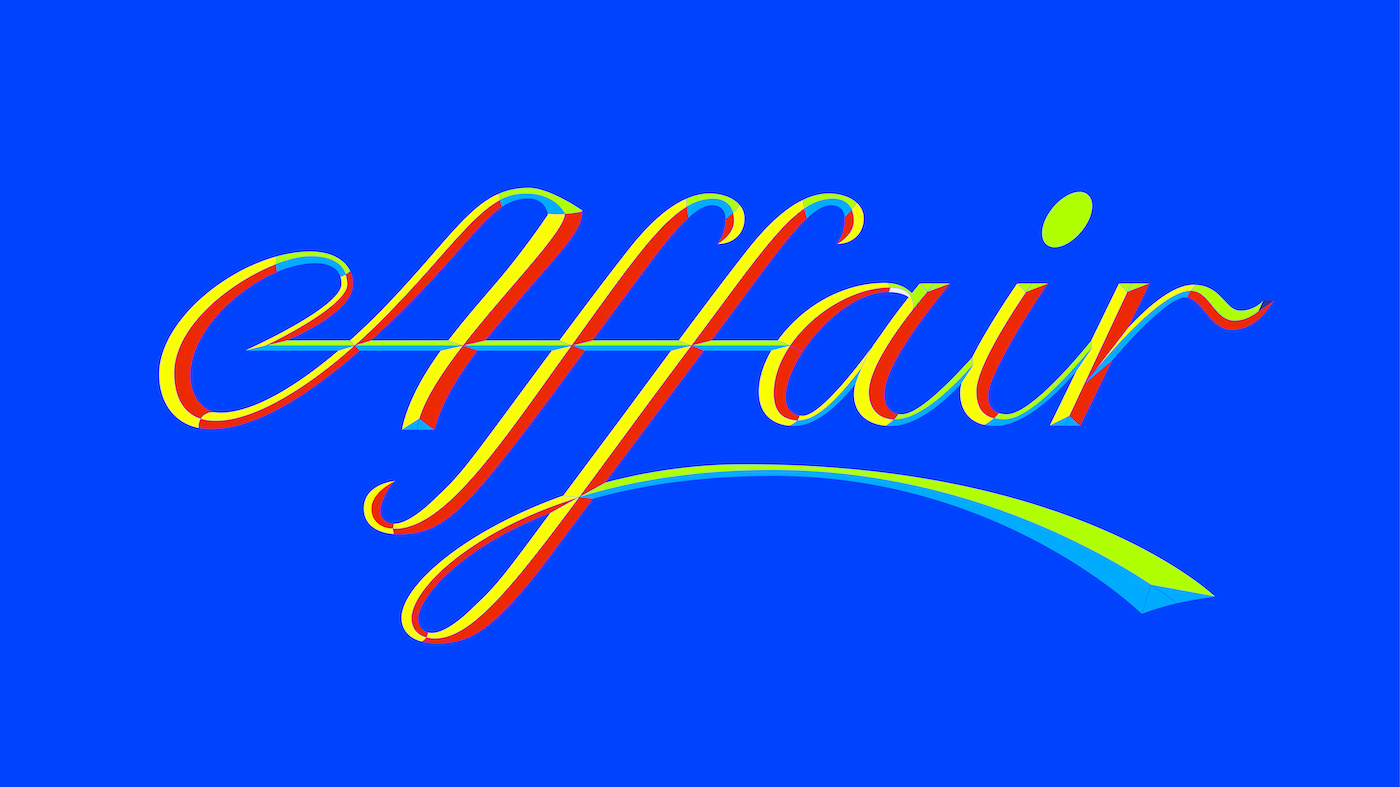
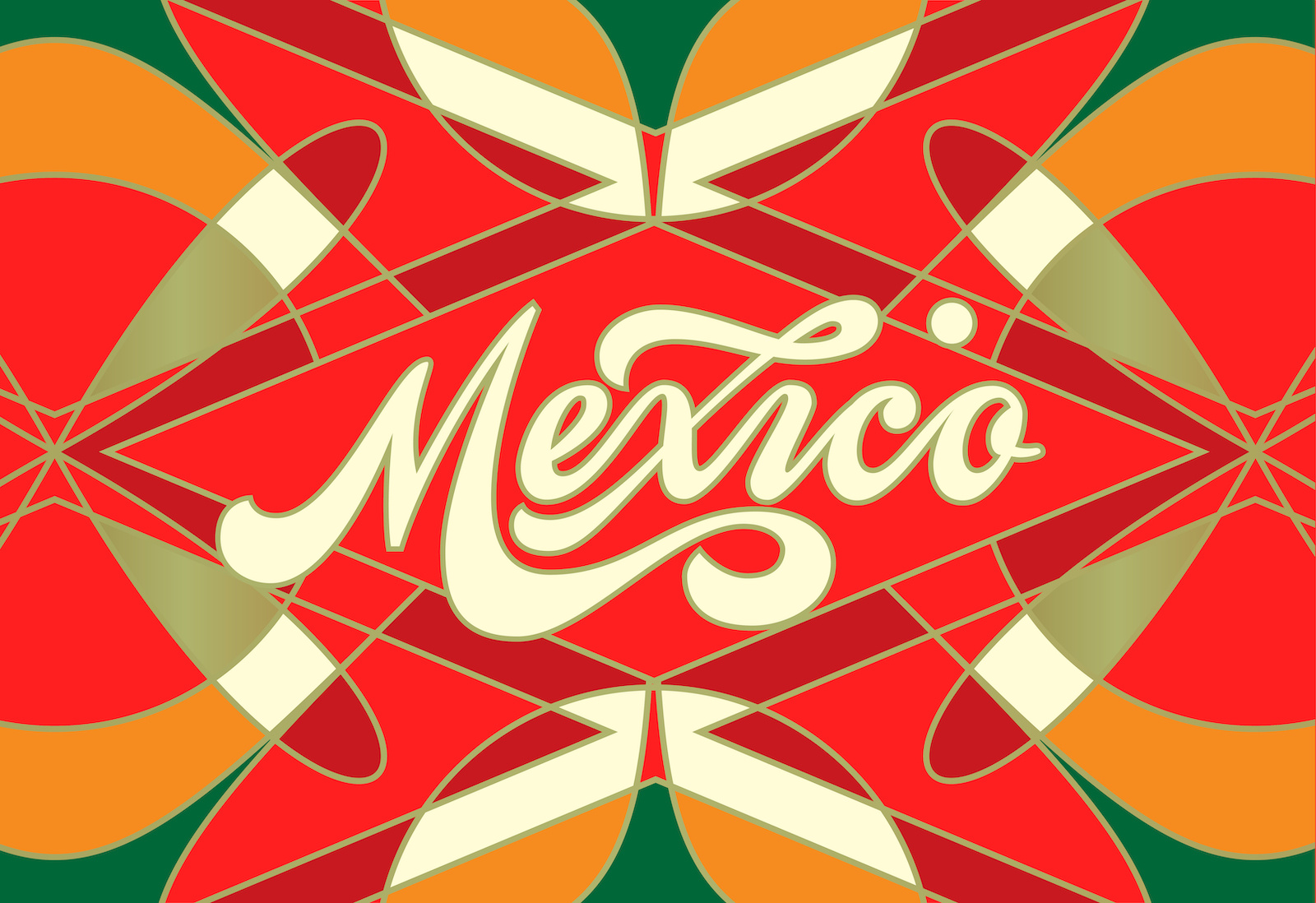
Can you share your top 5 lettering resources with us?
- Taschen books: All of them. From design to cooking and architecture and photography, these are amazing tools of research.
- The Criterion Collection Channel: You can look at any movie title and be inspired by the letterings.
- Louise Fili, S Series: Stencil, Shadowed, Script, Slab lettering—these are beautiful collections and beautifully restored.
- The NYPL Digital Archives: This is a very handy source of inspiration and sometimes you can download the images in high resolution.
- The Smithsonian National Post Museum: Stunning craftsmanship in a tiny space both in illustration and lettering.
What does being a successful designer mean to you?
Being a successful designer means being able to do the work and to evolve with it. Being active, being part of a design community, to serve the community and to represent together how this physical world looks and feels.
I believe that design informs the needs of a community and a society. If you go to a museum and observe a past civilization, we mostly see art and design as a way to learn how things were. I want to be a part of that story.
I grew up in a society where people always looked down at design. I was highly encouraged to not study anything related to what I do now. I consider it a success in itself that I design for a living.
Fast Facts:
- Favorite design tool: Notebooks and pencils
- Top 3 favorite fonts: Marcin Tpwr, Gotham and Optima
- What you listen to while you work: It depends on the project I’m working on. Just to give you an example, if I’m designing a Mezcal, I listen to the music the mezcal maker would be listening to. If I’m working on a piece for a coffee shop in LA, I listen to a local artist from the area.
- Hidden talent: I love to dance. In Mexico, I was a choreographer and dance teacher.
- A Dribbbler you’d love to collaborate with: Glenn Jones
Want to keep up with Abraham? Check out his work on Dribbble and find Closer&Closer on Dribbble for even more design inspiration.
Find more Interviews stories on our blog Courtside. Have a suggestion? Contact stories@dribbble.com.

